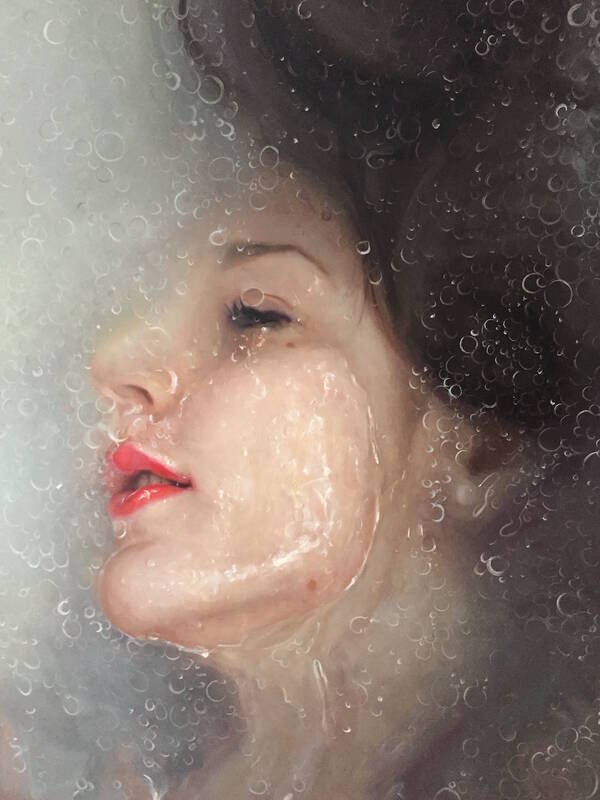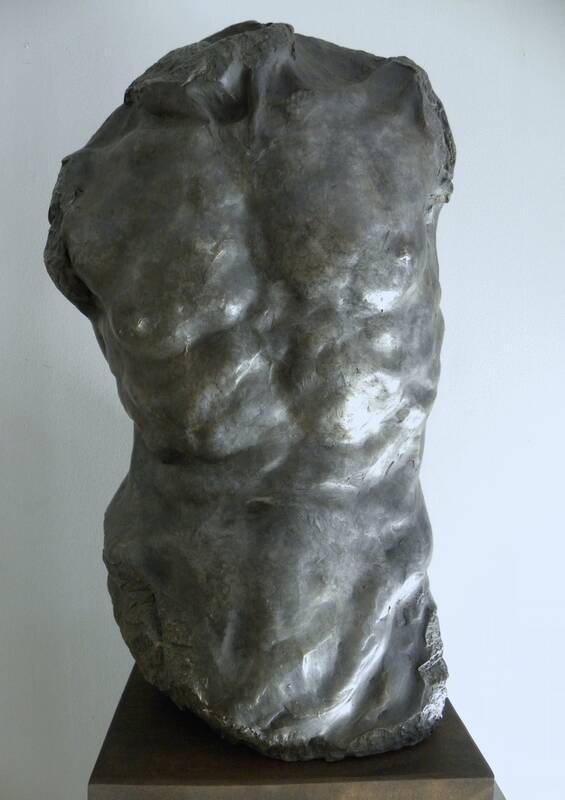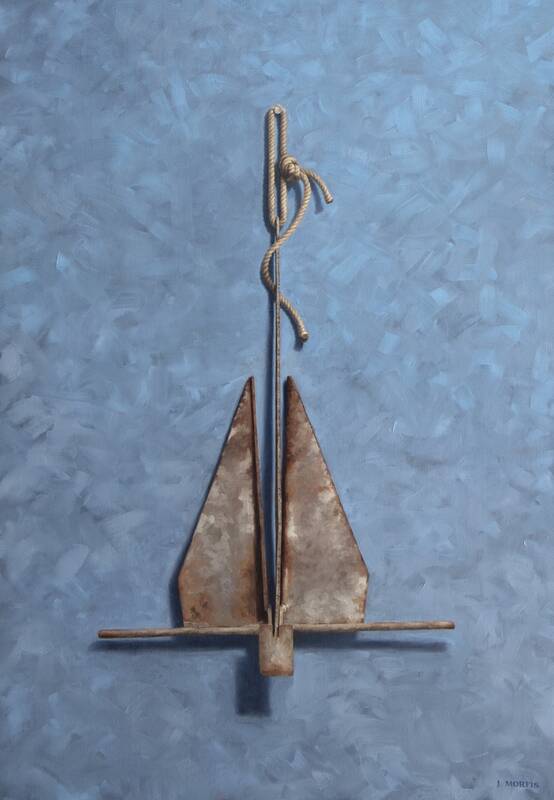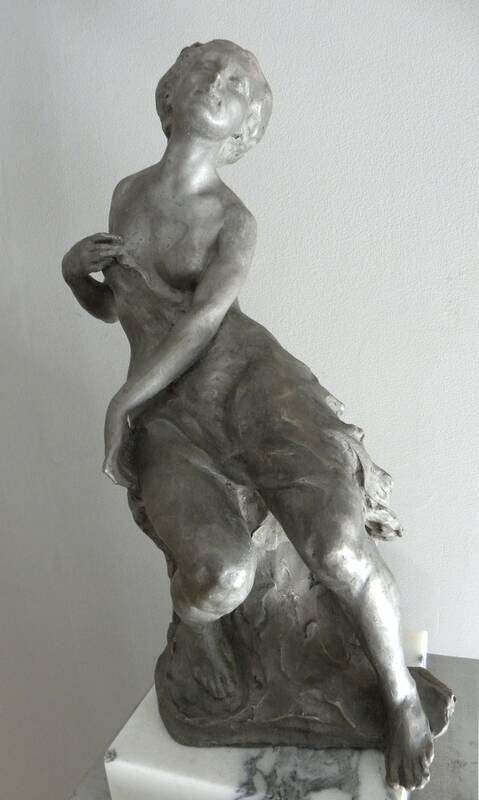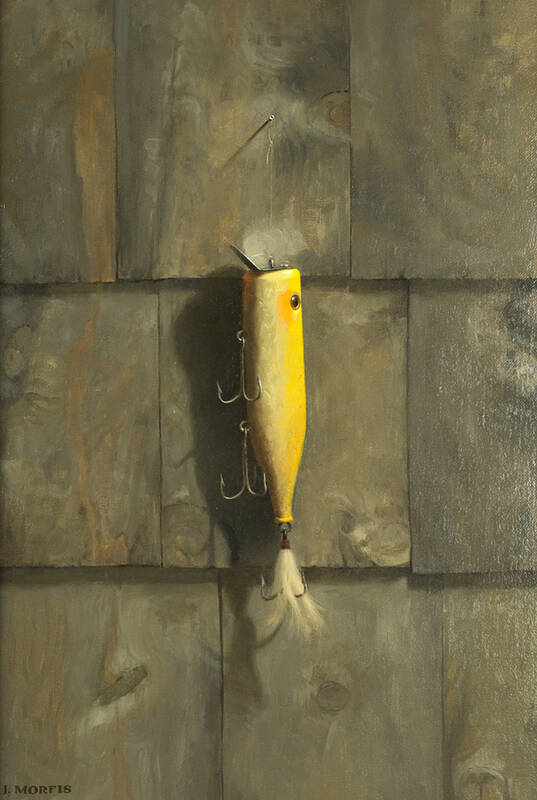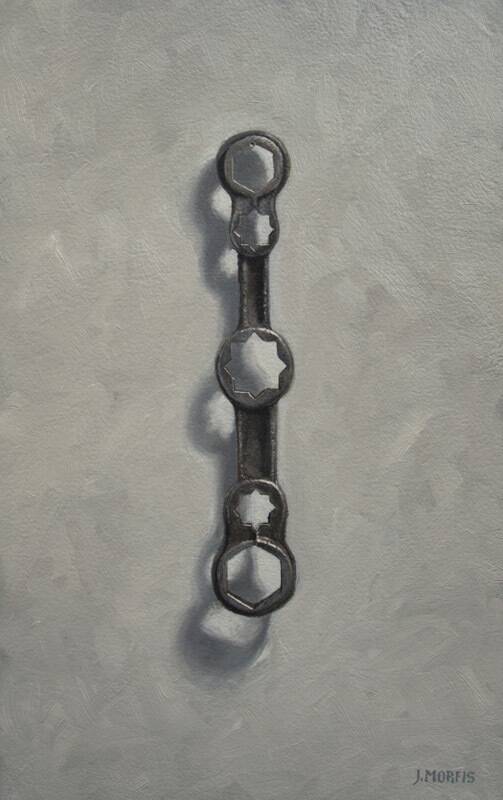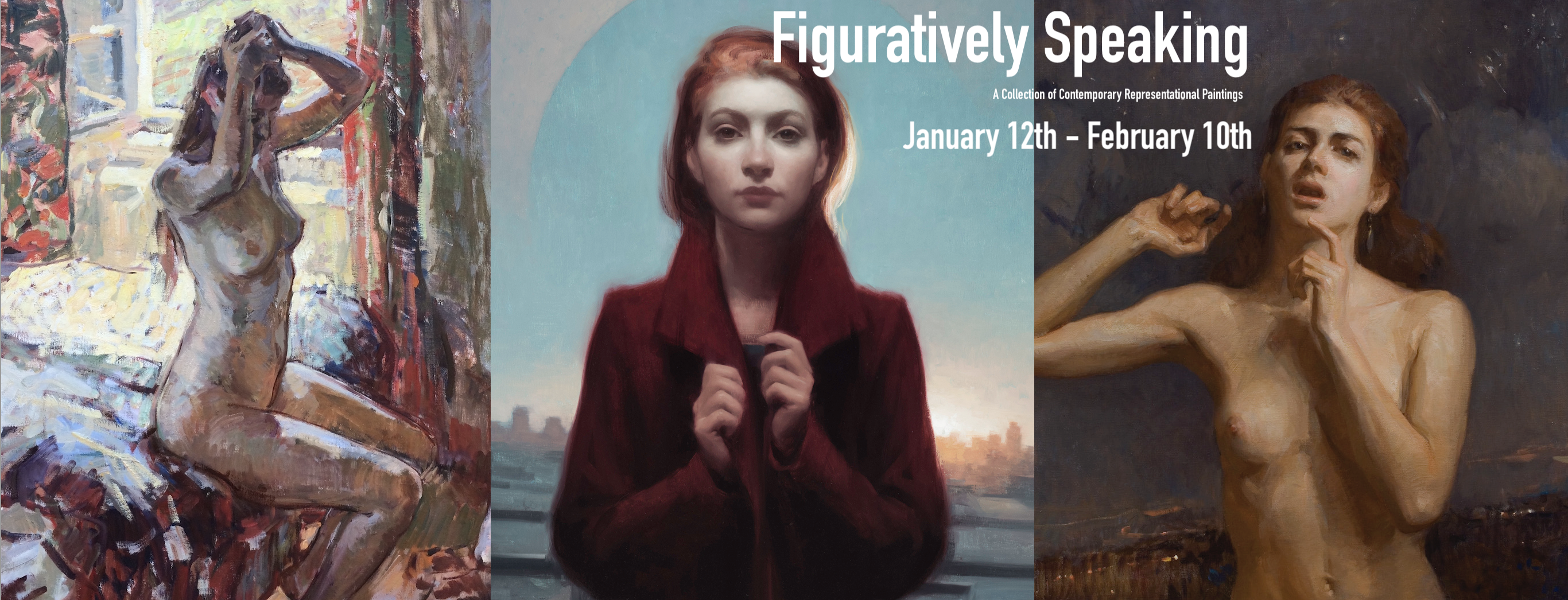
The human figure is, has been, and forever will be, a subject that fascinates artists. Whether the artwork was fashioned to tell a story, to capture a likeness, or to create as a universal glorification of organic beauty, the human form is eternally a subject which the viewer can relate to, and often find solace in.
In 1908, archaeologists uncovered a small figurine carved from limestone, known today asThe Venus of Willendorf. The 11.1-centimeter statuehas been dated to the Old Stone Age, over 30,000 years ago, perhaps the first representational human form ever made. Since then, anthropomorphic iconography has remained a popular focus for artisans and academicians alike.
The depiction of the human figure in art has evolved over time, and its changing again. From stick figures on the wall of a cave, to flat, 2-dimensional characters illuminating a narrative. Artists began to cultivate their craft in academies, art salons and ateliers, translating the human form from actuality onto canvas. Then, at the beginning of the 20thCentury, artists began to step away from realist representation. Artists like Picasso, and Marcel Duchamp took their knowledge of the human form, and broke down anthropomorphic features into shapes, lines and colors. Modernist tradition began, and outrage as an inspiration overtook beauty and balance found in the academy. Abstraction took charge of the art world by Mid-Century. There was a considerable period marked by the absence of the figure, and any representational work in general. Pop art in the 60's and 70's initiated a slow swerve back to representational work, though figurative work was often sexualized as it had become in popular media.
In the 1970s and 80's, disputes arose between art-scholars and lawmakers, what discerned the difference between art and pornography (i.e.: Jeff Koons, Robert Mapplethorpe, or Marlene Dumas)
So where does that leave our figurative painters today? Has the world seen enough figurative paintings? We don't think so. We believe that after 100 years of modernism, abstraction, and conceptualism, it is time to return to reality.
At Grenning Gallery, we are interested in the artists that are delving into a humanist tradition that looks at the human figure with awe and curiosity, creating their works with a deep respect for the sanctity of the human subject. And although our painters do maintain their individual styles, all of our artists' figurative work shares one main theme: Beauty.
READ THE ENTIRE ESSAY HERE: FIGURATIVELY SPEAKING MANIFESTO

